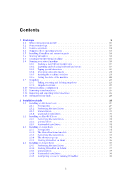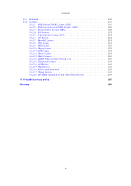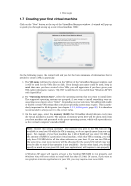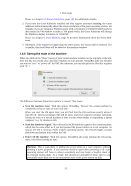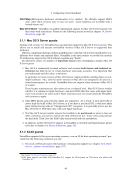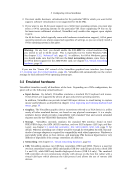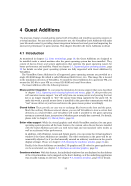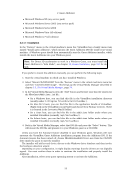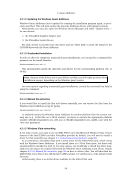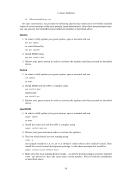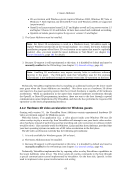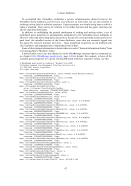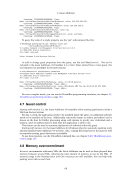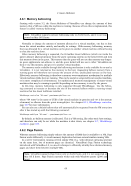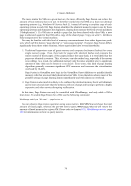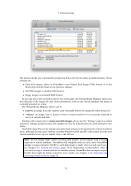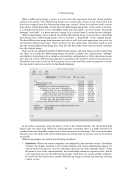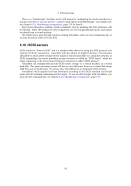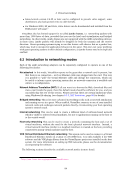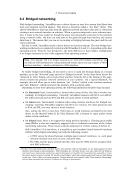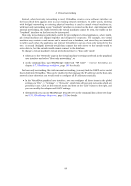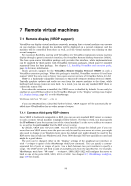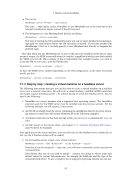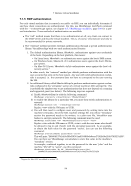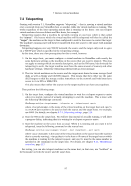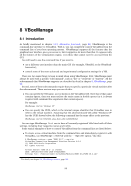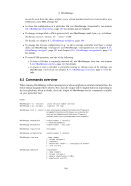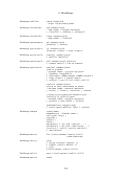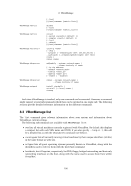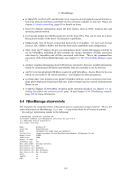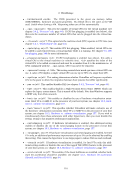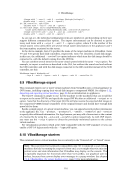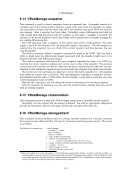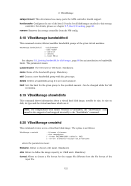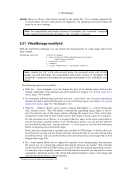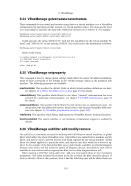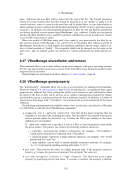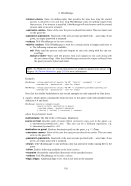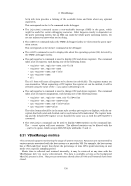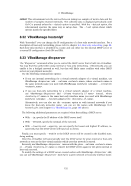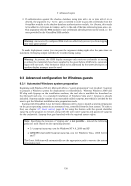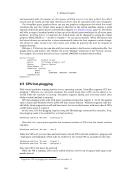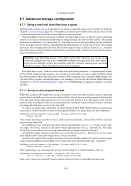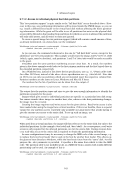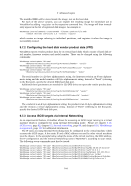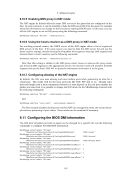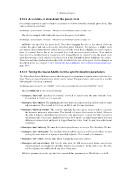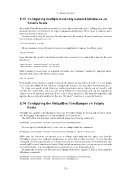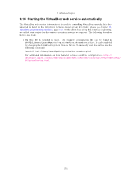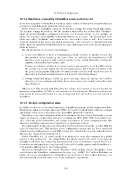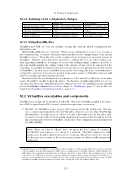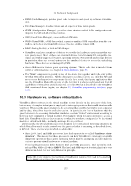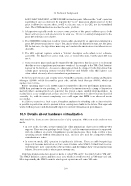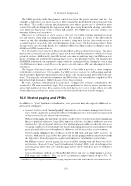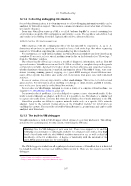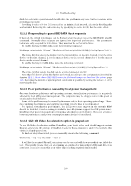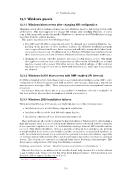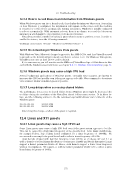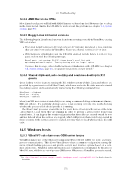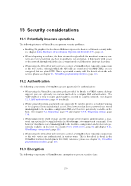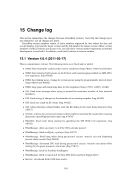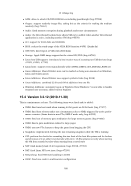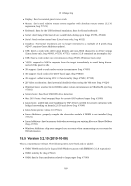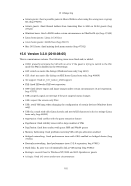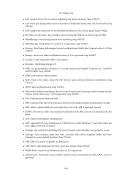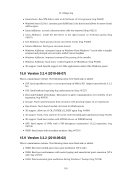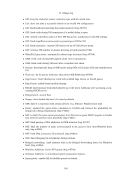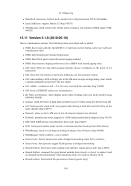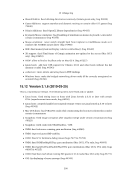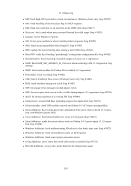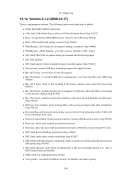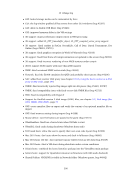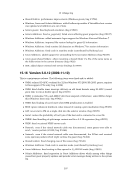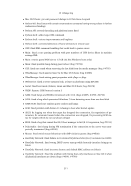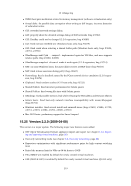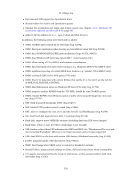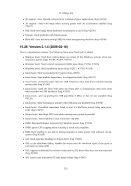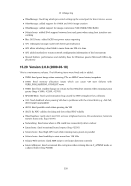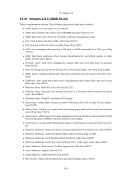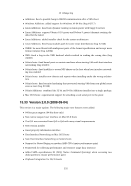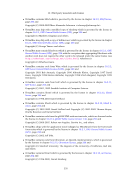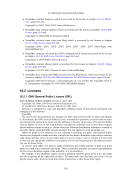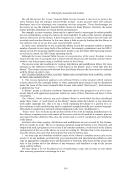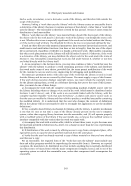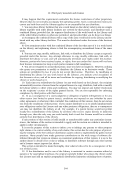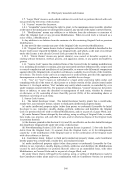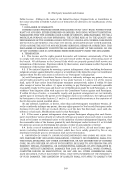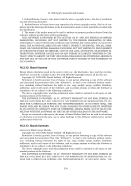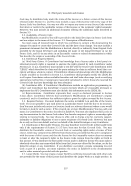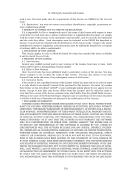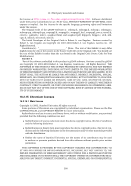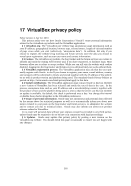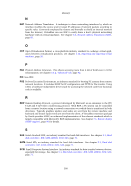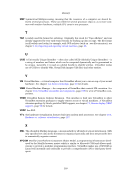8 VBoxManage 3. the machine XML file and its backups 4. the machine log files, if any 5. the machine directory, if it is empty after having deleted all the above. 8.6 VBoxManage createvm This command creates a new XML virtual machine definition file. The --name name parameter is required and must specify the name of the machine. Since this name is used by default as the file name of the settings file (with the extension .xml) and the machine folder (a subfolder of the .VirtualBox/Machines folder), it must conform to your host operating system’s requirements for file name specifications. If the VM is later renamed, the file and folder names will change automatically. However, if the --basefolder path option is used, the machine folder will be named path. In this case, the names of the file and the folder will not change if the virtual machine is renamed. By default, this command only creates the XML file without automatically registering the VM with your VirtualBox installation. To register the VM instantly, use the optional --register option, or run VBoxManage registervm separately afterwards. 8.7 VBoxManage modifyvm This command changes the properties of a registered virtual machine which is not running. Most of the properties that this command makes available correspond to the VM settings that VirtualBox graphical user interface displays in each VM’s “Settings” dialog these were described in chapter 3, Configuring virtual machines, page 39. Some of the more advanced settings, how- ever, are only available through the VBoxManage interface. These commands require that the machine is powered off (neither running nor in “saved” state). Some machine settings can also be changed while a machine is running those settings will then have a corresponding subcommand with the VBoxManage controlvm subcommand (see chapter 8.11, VBoxManage controlvm, page 117). 8.7.1 General settings The following general settings are available through VBoxManage modifyvm: • --name name: This changes the VM’s name and possibly renames the internal virtual machine files, as described with VBoxManage createvm above. • --ostype ostype: This specifies what guest operating system is supposed to run in the VM. To learn about the various identifiers that can be used here, use VBoxManage list ostypes. • --memory memorysize: This sets the amount of RAM, in MB, that the virtual machine should allocate for itself from the host. See the remarks in chapter 1.7, Creating your first virtual machine, page 16 for more information. • --vram vramsize: This sets the amount of RAM that the virtual graphics card should have. See chapter 3.5, Display settings, page 45 for details. • --acpi on|off --ioapic on|off: These two determine whether the VM should have ACPI and I/O APIC support, respectively see chapter 3.4.1, “Motherboard” tab, page 43 for details. 109
Purchased from Demo (abedemo.tizrapublisher.com) for the exclusive use of unknown. © 2025 Demo. Please report unauthorized use to pirate@tizra.com


